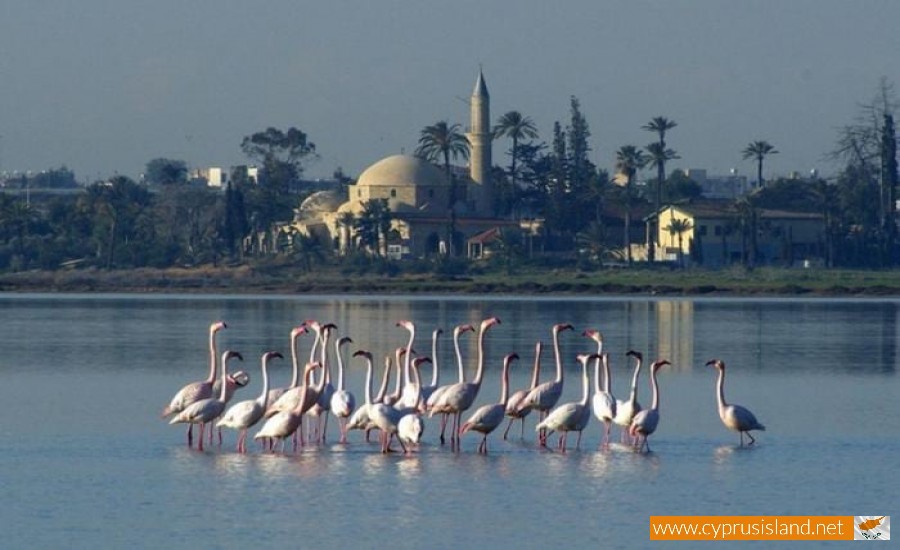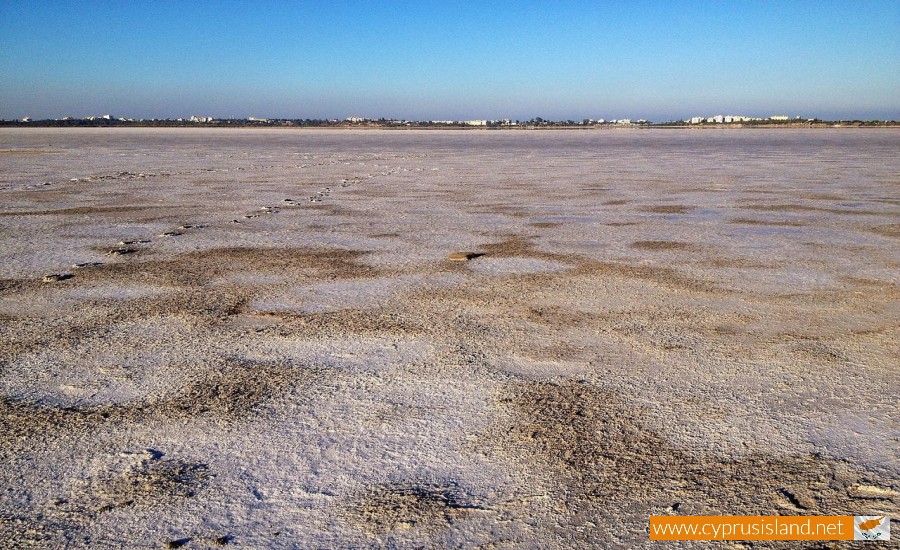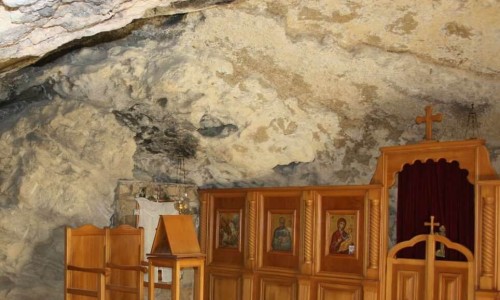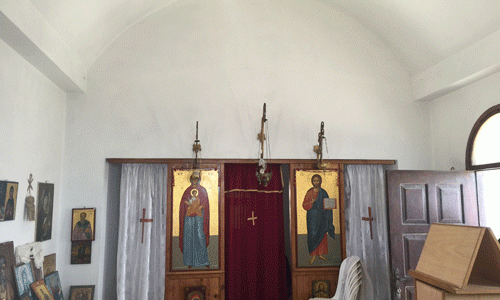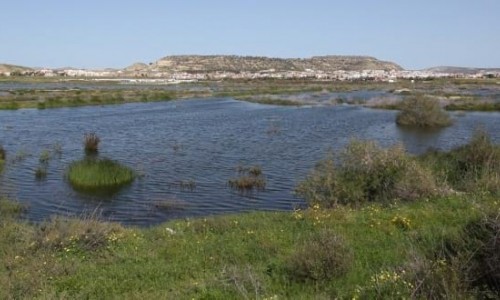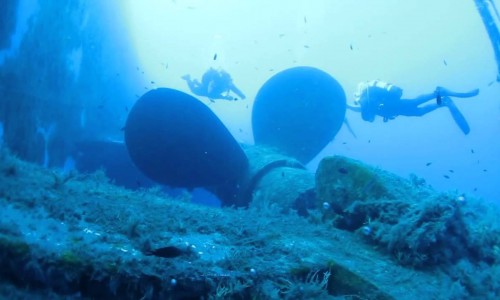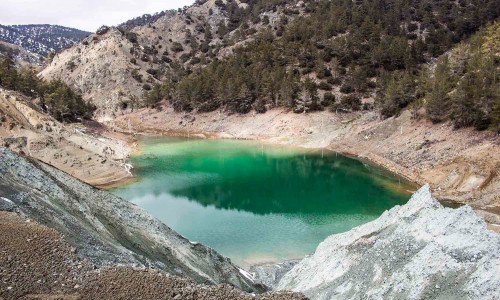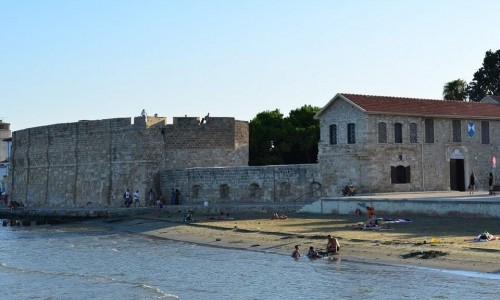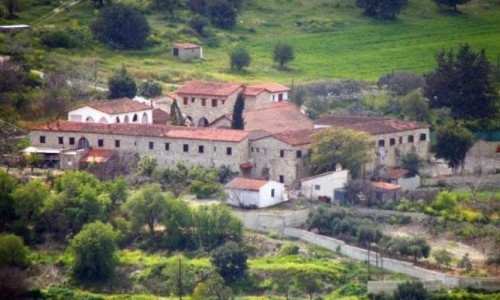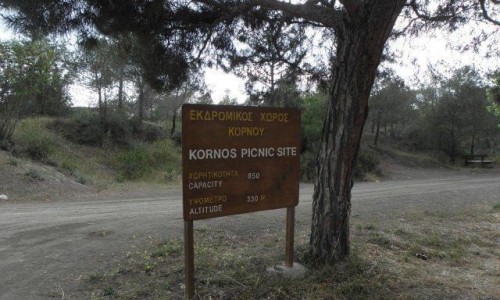Larnaca Salt Lake
Nestled just southwest of Larnaca city, near the airport and the mosque of Hala Sultan Tekke, the Larnaca Salt Lake is one of Cyprus’s most breathtaking natural landmarks. Contrary to its name, it’s not a single lake but a network of four interconnected salt lakes—Aliki (the largest), Orphani, Soros, and Spiro—spanning approximately 2.2 km².
Larnaca Salt Lake is a protected ecological treasure. It plays host to around 85 species of birds and serves as a vital stopover point for migratory species. Between November and March, thousands of Greater Flamingos flock to the lake, feeding on tiny brine shrimp in the shallow, salty waters.
You can also spot herons, cranes, and various waders, making it a dream location for birdwatchers and nature photographers alike.
One of the most striking features of the lake is its seasonal transformation. In winter, the lake fills with water, creating a reflective, serene wetland. By late spring and summer, the water evaporates, revealing a crust of white salt that shimmers in the sun.
The lake's saltiness is caused by underground seawater infiltration, and until 1986, salt was actively harvested here. Workers once transported salt on donkeys and stacked it in towering white mounds—remnants of which can still be remembered in local lore.
The area around the salt lake has been significant since the Bronze Age, when it served as a natural harbour for ancient Larnaca (then known as Kition). Over centuries, the port silted up, giving way to the salt lake we see today.
A local legend tells of Saint Lazarus cursing the land to become salty after being refused hospitality—offering a mythical explanation for its salt-rich soil.
On the lake’s western edge stands Hala Sultan Tekke, a revered mosque built near the tomb of Umm Haram, a companion of the Prophet Muhammad. The mosque, surrounded by palm trees and set against the backdrop of the lake, adds both historical and spiritual resonance to the landscape.
A 4-km nature trail surrounds the lake, ideal for walking, jogging, or cycling. Along the way, you’ll find interpretive signs that explain the local flora, fauna, and geology, as well as benches and viewpoints perfect for peaceful breaks or birdwatching.
The trail also connects to the impressive 18th-century Kamares Aqueduct, another must-see feature of Larnaca’s heritage.
Best Time to Visit
- Winter (Nov–Mar): Ideal for birdwatching and flamingo sightings.
- Spring/Autumn: Mild weather, blooming flora, and active wildlife.
- Summer: The lake dries out, leaving behind dazzling salt flats—great for photography, but less wildlife activity.
Whether you’re a hiker, a photographer, or a casual stroller, early mornings and late afternoons offer the most pleasant weather and the best lighting.
Larnaca Salt Lake is more than a scenic destination—it’s a symbol of the island’s unique balance between nature and culture. It tells a story that spans millennia: from prehistoric harbours and medieval legends to the modern push for conservation and ecological awareness.
Walking along its shore, with flamingos gliding above and the mosque rising in the distance, feels like stepping into a serene, timeless world.


